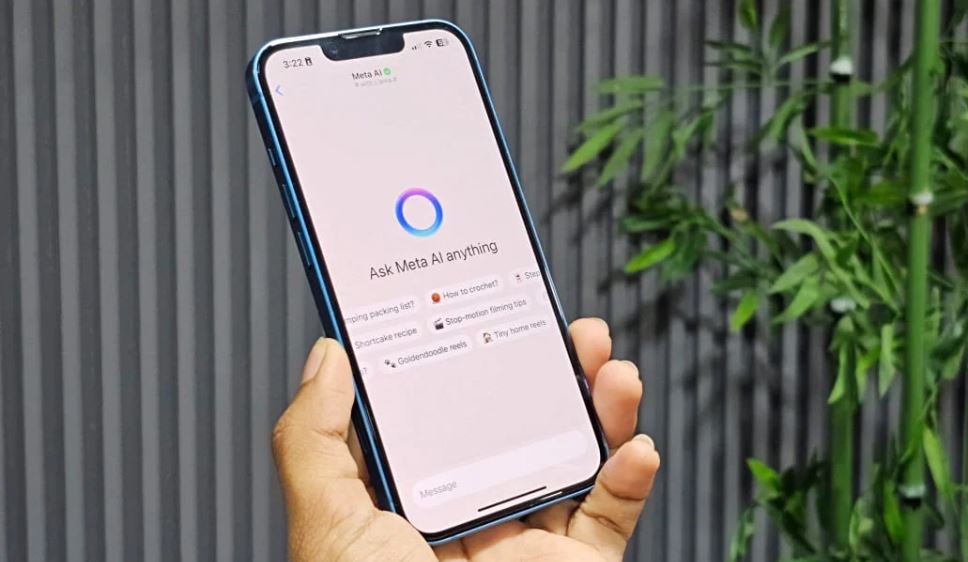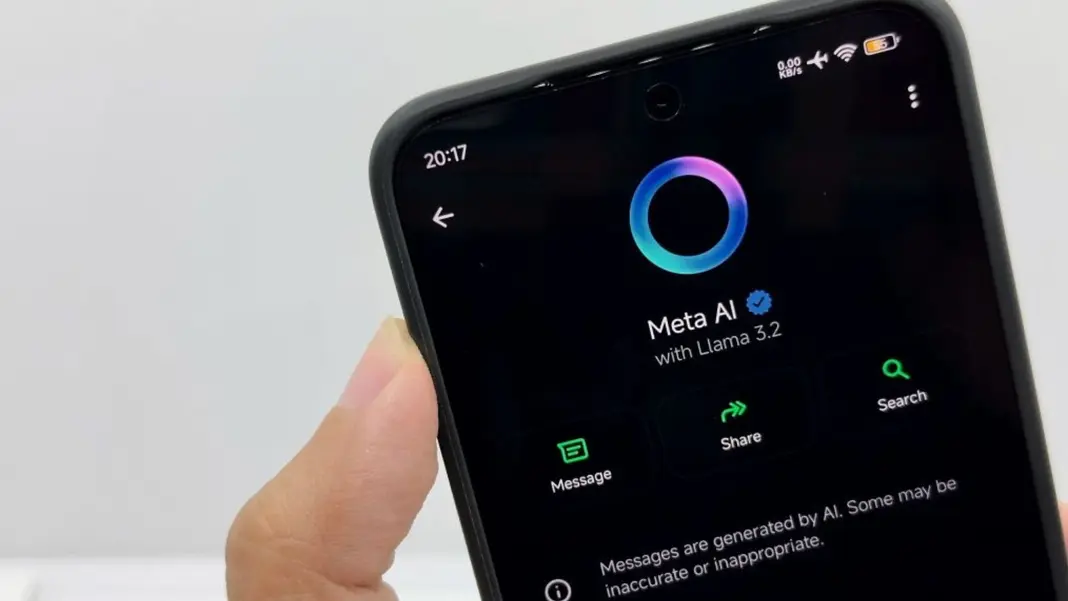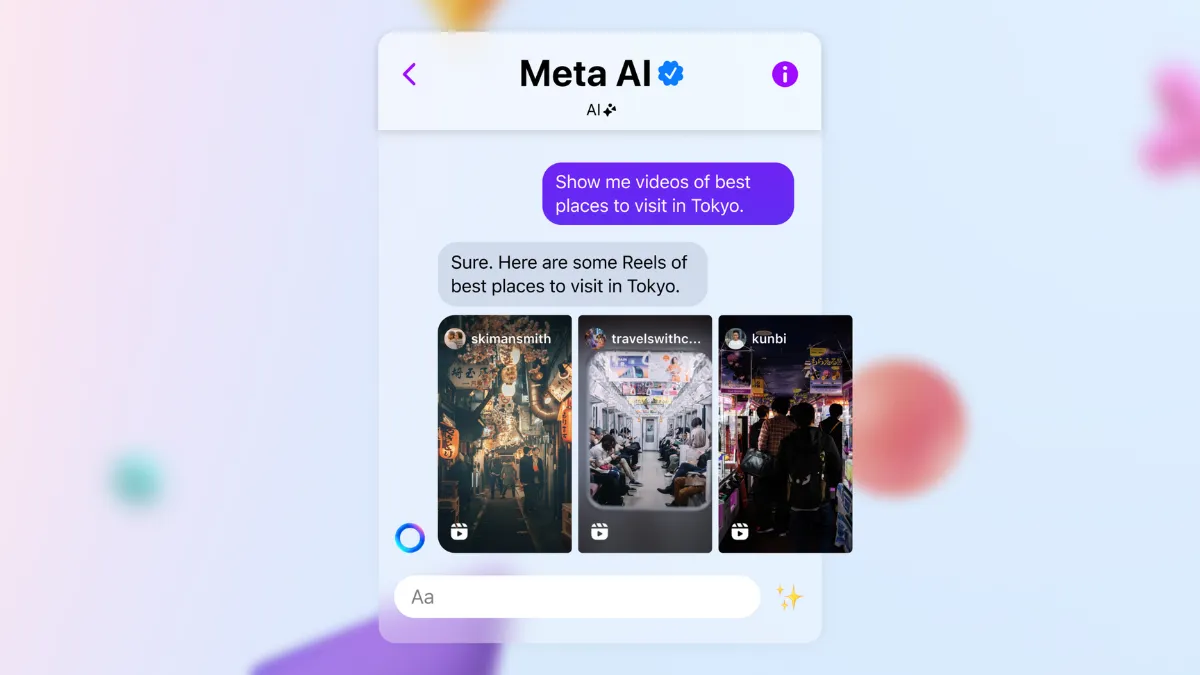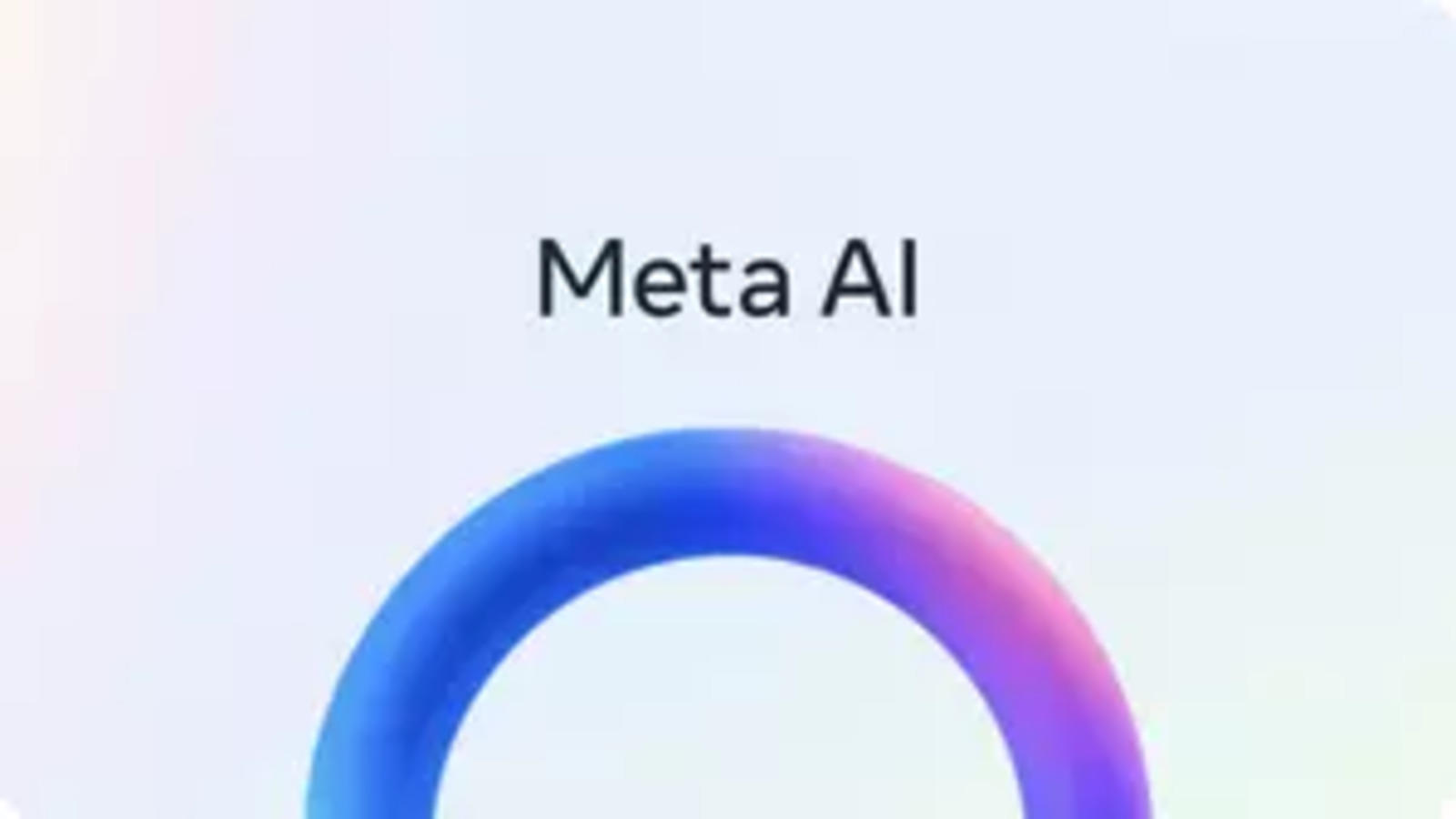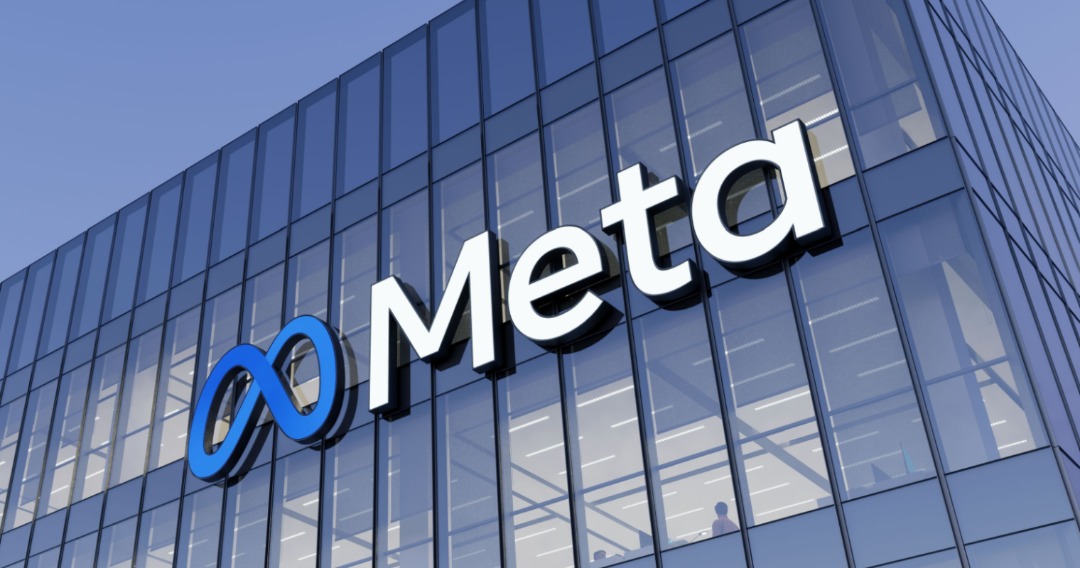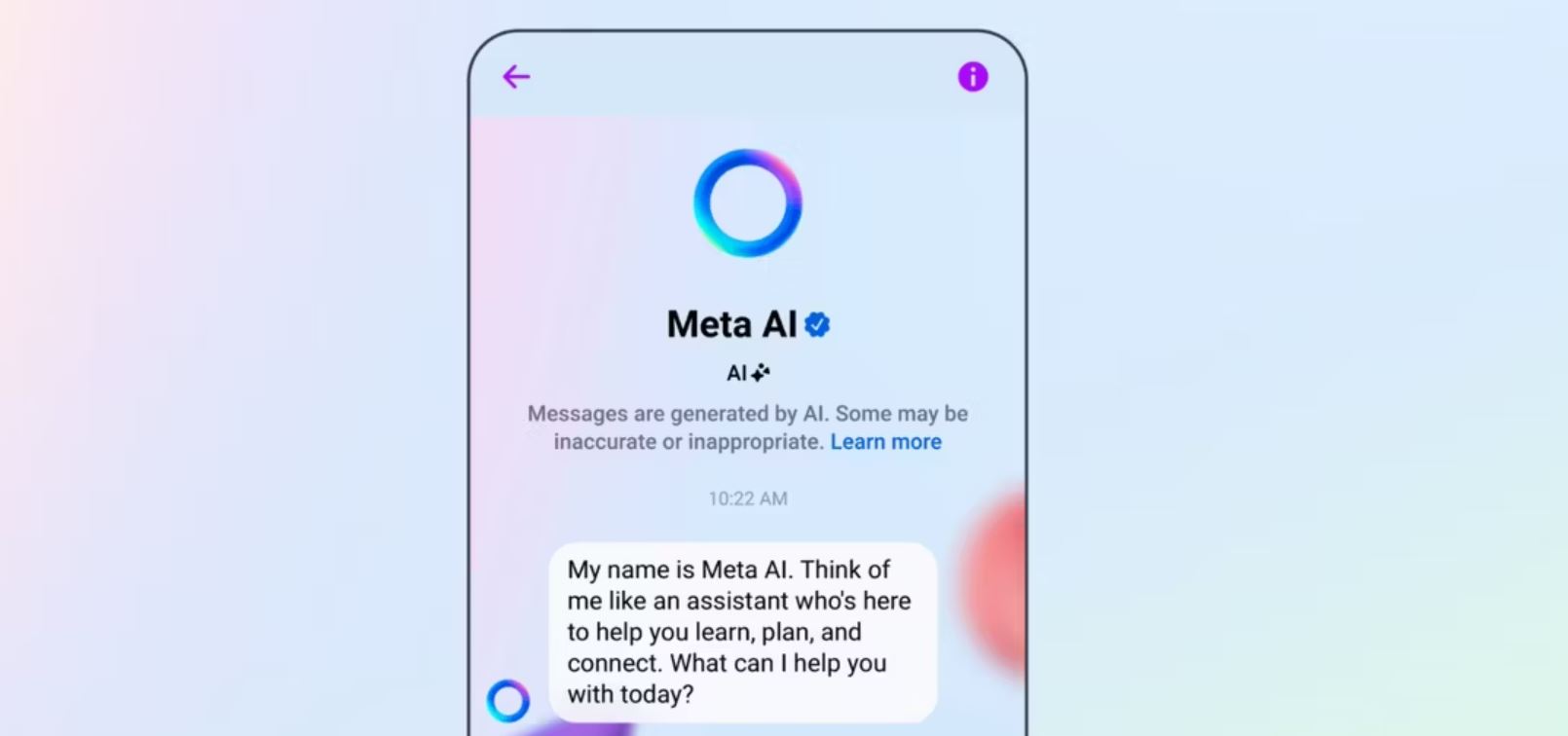On Monday, WhatsApp announced an exciting update that brings voice calls powered by Meta AI to its platform. This feature allows users to engage in hands-free, seamless conversations with the AI assistant, making multitasking easier. Users can effortlessly switch between voice and text during calls, enhancing accessibility and convenience.
One standout aspect of this update is its ability to maintain conversations even when users exit the app. This ensures uninterrupted interaction with Meta AI while performing other tasks on their devices. Built-in privacy indicators have been integrated to notify users when their microphone is active, safeguarding user privacy.
Read also: Apple CEO shakes up AI leadership: A new direction for Siri
Meta AI’s voice call feature is particularly beneficial for individuals who prefer speaking over typing or those with visual impairments. As WhatsApp continues testing this feature, it is currently available to a limited number of users, with plans for a broader rollout in the near future.
Meta AI expands across Meta platforms
Meta AI has gradually spread across Meta’s platforms, including Instagram, Facebook, and Messenger. Built on the advanced Meta Llama 3 language model, this AI assistant offers versatile capabilities such as answering queries, generating animations, and creating images. Mark Zuckerberg, CEO of Meta, described it as “the most intelligent AI assistant that you can freely use.”
Read also: Cassava Technologies to launch Africa’s first AI factory with NVIDIA partnership
Users can access Meta AI directly through the search bar or group chats on WhatsApp by tagging “@Meta AI.” The assistant can help plan trips or create content without leaving the app. Additionally, businesses are leveraging this technology to enhance customer interactions by answering questions and facilitating transactions via WhatsApp Business.
The introduction of voice calls marks another step in Meta’s efforts to integrate generative AI into everyday communication. By combining advanced features with user-friendly design and privacy safeguards, WhatsApp aims to redefine how people interact with technology daily.
